Seeing Double: Extraordinary Stereographs From the 1800s
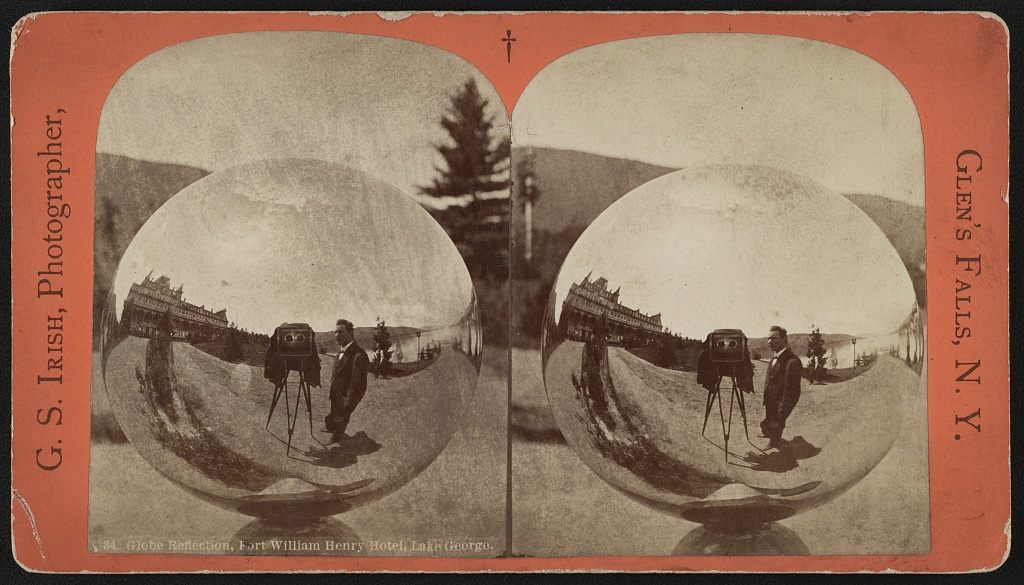 Reflection in a globe with camera and tripod, 1870. (Photo: Library of Congress)
Reflection in a globe with camera and tripod, 1870. (Photo: Library of Congress)
Of all the forms of early photography, the stereograph was the most popular, affordable and successful. First invented in London by Sir Charles Wheatstone in 1838, a stereograph was two nearly identical images placed side by side. By working with the slightly differing viewpoints of the left eye and right eye, the twin images could become one three-dimensional picture when viewed through a device called a stereoscope.
During the mid to late 1800s, countless images were made for every possible subject. Stereographs were so popular that it was said that every home had a stereoscope. The stereograph was also used to educate. During the Civil War in particular, thousands of stereographs were produced of soldiers, battlefields, encampments and hospitals.
There are many stereograph collections around the world, and each provides a unique insight into life in the 1800s. Atlas Obscura has scoured through admittedly only a portion of the mammoth collections held by the Library of Congress and the Boston Public Library to bring you a glimpse of one of the 19th century’s most popular forms of entertainment.
 Camel drivers waiting at gate of the Taj Mahal, India, 1903. (Photo: Boston Public Library/flickr)
Camel drivers waiting at gate of the Taj Mahal, India, 1903. (Photo: Boston Public Library/flickr)
 A staged stereograph showing an angel and devil try to influence a friar, late 1800s. (Photo: Boston Public Library/flickr)
A staged stereograph showing an angel and devil try to influence a friar, late 1800s. (Photo: Boston Public Library/flickr)
 A Company barber shop, possibly during the Spanish-American War, 1899. (Photo: Boston Public Library/flickr)
A Company barber shop, possibly during the Spanish-American War, 1899. (Photo: Boston Public Library/flickr)
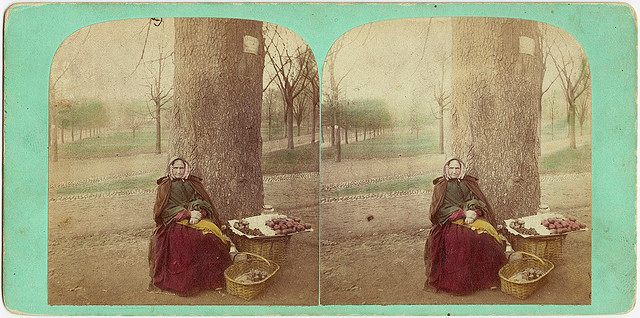 ‘The apple woman’, Boston Common. (Photo: Boston Public Library/flickr)
‘The apple woman’, Boston Common. (Photo: Boston Public Library/flickr)
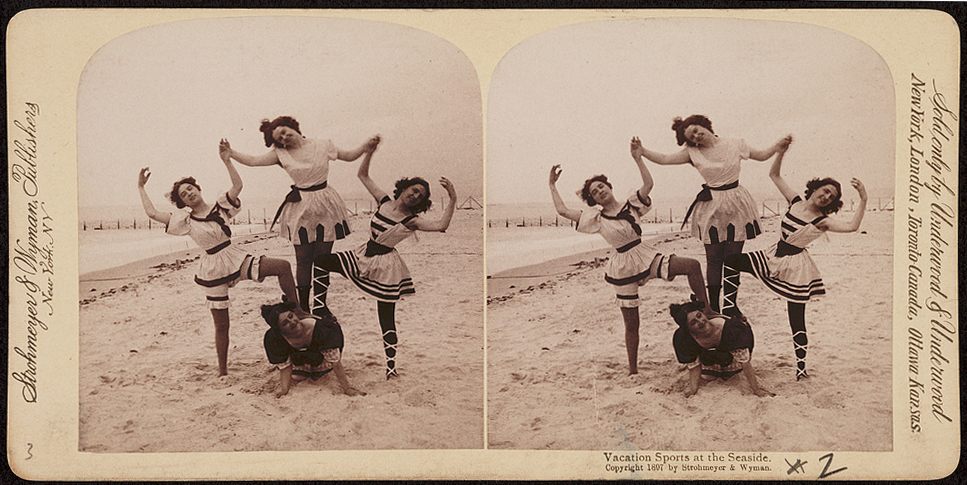 Vacation sports at Coney Island, 1898. (Photo: Library of Congress)
Vacation sports at Coney Island, 1898. (Photo: Library of Congress)
 Looking up his pedigree, 1898. (Photo: Boston Public Library/flickr)
Looking up his pedigree, 1898. (Photo: Boston Public Library/flickr)
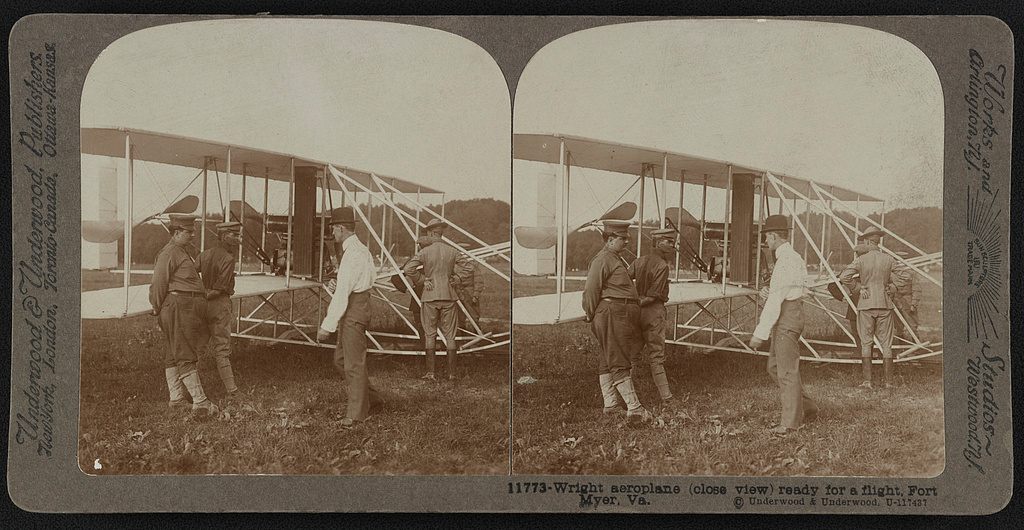 Wright aeroplane ready for a flight, Fort Myer, 1915. (Photo: Library of Congress)
Wright aeroplane ready for a flight, Fort Myer, 1915. (Photo: Library of Congress)
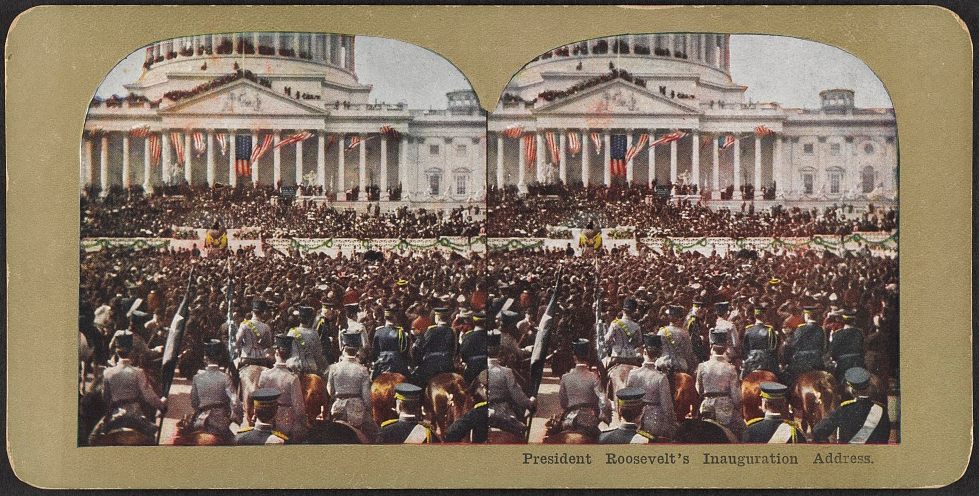 President Roosevelt’s inauguration address, 1905. (Photo: Library of Congress)
President Roosevelt’s inauguration address, 1905. (Photo: Library of Congress)
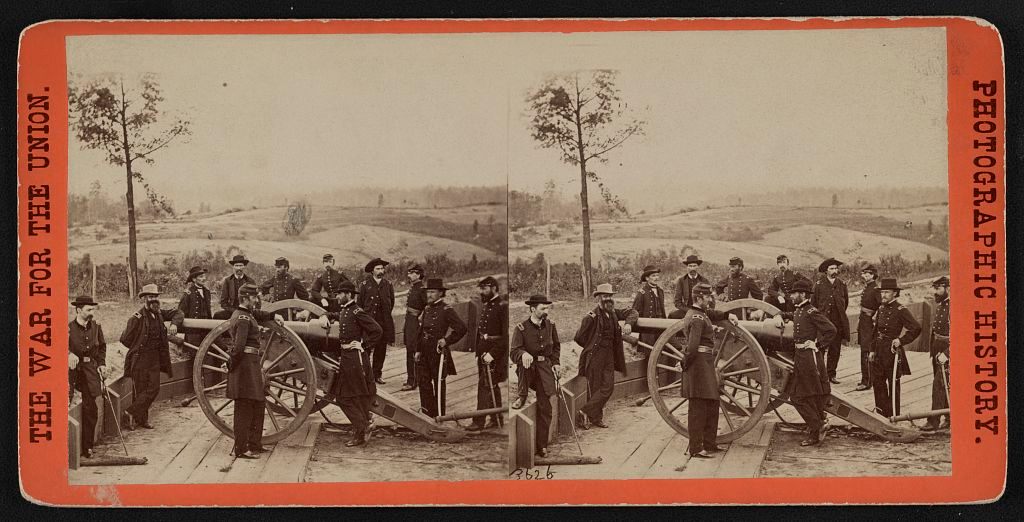 Major General William T. Sherman, center, leaning on the breach of a cannon, with his staff at Federal Fort No. 7 near Atlanta, Georgia. (Photo: Library of Congress)
Major General William T. Sherman, center, leaning on the breach of a cannon, with his staff at Federal Fort No. 7 near Atlanta, Georgia. (Photo: Library of Congress)
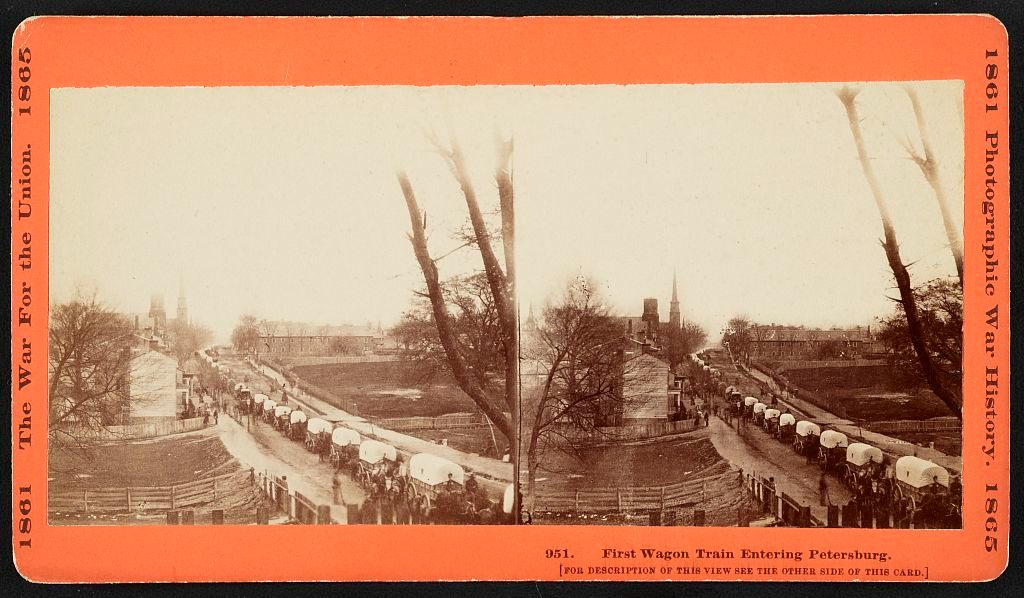 The first Union wagon train entering Petersburg, Virginia, with provisions, 1865. (Photo: Library of Congress)
The first Union wagon train entering Petersburg, Virginia, with provisions, 1865. (Photo: Library of Congress)
 San Francisco’s magnificent City Hall and Hall of Records, destroyed by fire and earthquake, 1906. (Photo: Boston Public Library/flickr)
San Francisco’s magnificent City Hall and Hall of Records, destroyed by fire and earthquake, 1906. (Photo: Boston Public Library/flickr)
 Frederick Villiers, ‘the greatest of living war artists’, during the 1905 Russian-Japanese war. (Photo: Boston Public Library/flickr)
Frederick Villiers, ‘the greatest of living war artists’, during the 1905 Russian-Japanese war. (Photo: Boston Public Library/flickr)
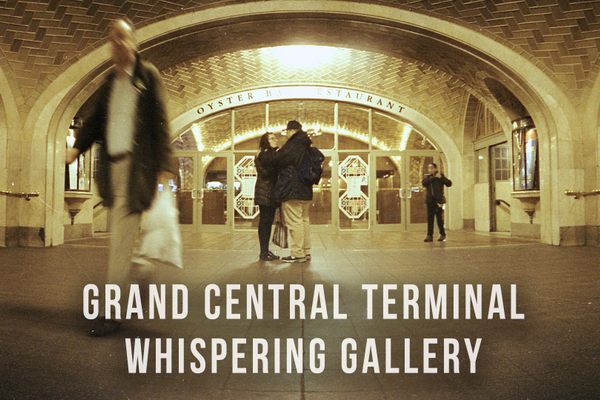




Follow us on Twitter to get the latest on the world's hidden wonders.
Like us on Facebook to get the latest on the world's hidden wonders.
Follow us on Twitter Like us on Facebook